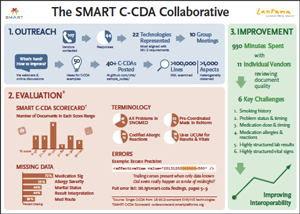 So many old rules in health care and insurance no longer seem to apply.
So many old rules in health care and insurance no longer seem to apply.
I keep stumbling upon situations, where, what used to be up is now down and what used to be down is now up.
No one seems to know for sure how things will settle out under the new reality created by Obamacare and the even more unpredictable reactions to the law by health care companies, employers and, most especially, you and me.
I’ve started using the term “weightlessness” to describe this state we’re in. Picture the astronauts on the international space station, floating through a room, flipping at will, as likely to settle on a wall or on the ceiling as on the floor.
That’s what life is like under Obamacare now—for physicians, hospital administrators, insurance executives, benefits brokers and employers.
Here are a few examples:
1. I wrote last week about how a chunk of workers, even at large employers with generous benefits, would actually get a better deal on health insurance from the Obamacare exchanges than from their employers. So their employers are starting to consider whether they should deliberately make health benefits unaffordable for those low-wage workers, so they can qualify for Obamacare’s tax-subsidized insurance.
That could be good for both employers and employees. The effect on taxpayers, which would switch from granting a tax credit to employers to instead granting it to the employees, is unclear.
2. Even though insurers were certain that price would be king on the Obamacare exchanges, that hasn’t led most customers to buy the plans with the cheapest premiums. As I wrote Friday, 76 percent of those shopping on the exchanges in my home state of Indiana have picked the higher-premium silver and gold plans, with only 24 percent picking bronze plans.
“There are a few geographies where we believe we are gaining share despite lower price competition which points to the value of our local market depth, knowledge, brand, reputation and networks,” WellPoint Inc. CEO Joe Swedish said during an January conference call with investors.
It’s possible that’s a result of older and sicker patients being the earliest buyers on the exchange, and that as healthier people buy coverage, they’ll gravitate to the low-cost bronze plans. But that hasn’t happened—which, as I wrote on Friday, has proved wrong hospitals’ concerns about the super-high deductible bronze plans.














